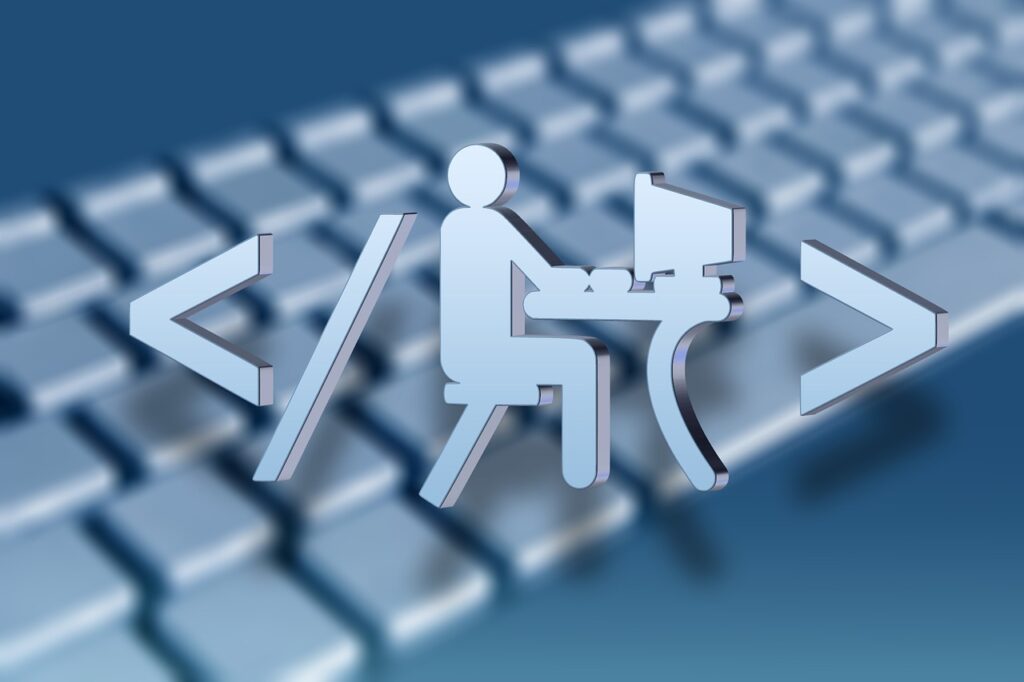In a world where online privacy and security are paramount, having a virtual private network (VPN) can be a game-changer. While subscribing to VPN services is common, trying to create your own VPN offers a unique set of advantages. In this guide, we’ll walk you through the process, exploring different methods and platforms. Whether you’re looking to enhance your privacy, access blocked content, or simply embark on a tech DIY adventure, we’ve got you covered.

Why Create Your Own VPN?
Most people opt for established VPN services like ForestVPN. However, there are reasons to consider creating your own:
- Cost-Effective Solution: Use free tools and repurpose old devices to set up a VPN without breaking the bank.
- Control over Online Traffic: Take charge of who can access and view your online activities.
- Remote Home Network Access: Enable remote usage of your home network by creating a VPN on a home device.
- DIY Fun: Enjoy the thrill of setting up your personal VPN as a tech enthusiast.
Methods to Create Your Own VPN
Method 1: Use Home Devices as VPN Servers
You can turn various devices into VPN servers. Below, we delve into setting up a VPN server on your PC, MacOS, and smartphone.
How to Create a VPN Server for Free on Windows 11
Setting up a VPN server on your Windows PC is straightforward:
- Click the Start icon, navigate to Network Connections, and click View Network Connections.
- Press Alt+F, select New Incoming Connection, and choose the user profile for VPN access.
- Select the preferred mode for VPN connections and determine the network software to activate.
- Allow access and verify your external IP address.
Note: While PPTP is less secure, it’s beginner-friendly.
How to Turn Your MacOS Device into a VPN Server
Due to the absence of built-in OpenVPN support, use external applications like Tunnelblick or Homebrew.
How to Set Up a VPN in ChromeOS
ChromeOS natively supports L2TP/IPsec and OpenVPN protocols. Go to Settings, click Add Connection, and add OpenVPN/L2TP details.
How to Set Up a VPN on iOS and Android
For both iOS and Android, you can use VPN apps or set it up manually in device settings.
Method 2: Use a Cloud Computing Provider
Rent a virtual server from providers like Amazon Web Services or Google Cloud. Follow their steps to set up a cloud VPN server.
Alternative Solution: Get a VPN on Your Home Router
Ensure VPN connectivity throughout your home with a VPN router or by installing VPN software onto your router.
Costs of Running Your VPN
The costs vary based on your goals:
- Extra Device: If running a VPN at home, the additional cost is the device, as low as $20.
- Cloud Service: Renting a VPS can cost between $3 to $10, similar to paid VPN providers.
Disadvantages of Creating Your Own VPN
Before diving in, consider the downsides:
- Technical Expertise: Requires networking and security knowledge.
- Time Commitment: Setting up and maintaining can be time-consuming.
- Limited Features: Commercial VPNs often offer more features.
FAQs
- Can I Set Up a VPN for Free? Yes, you can use free VPN services, but they may lack reliability and security. Creating your own VPN or using a VPN browser extension are more secure options.
- Is Creating Your Own VPN Cheaper? While it can be cheaper upfront, consider hardware and time costs. For occasional use, free VPN services or browser extensions may be more economical.
- What Are the Downsides of DIY VPNs? Technical expertise, time commitment, limited features, potential security risks, and legal considerations are factors to weigh.

